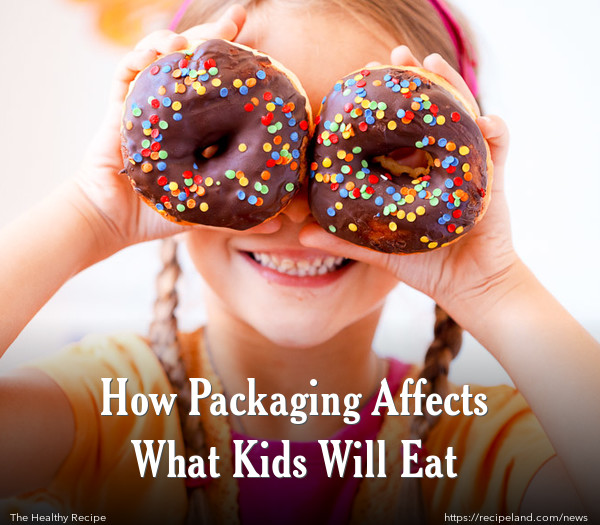Adults are not the only ones affected by food packaging. Children are more likely to reach for healthy foods when the packaging is attractive to them. A recent study, conducted by the Research Institute for Child Nutrition in Dortmund, in conjunction with the University of Bonn, found that children are more likely to reach for foods that have appealing packages. This study is soon to be published in the online journal, Frontiers in Psychology.
Professor Bernd Weber, of the Centre for Economics and Neuroscience (CENs) of the University of Bonn, stated, "The food industry has a lot of experience in using marketing effects to increase product sales amongst children. By comparison, there is very little knowledge about how such marketing effects can be used to better promote healthy food products to children."
The study involved 179 children between the ages of 8-10 years old, both boys and girls, from primary schools in Dortmund. The children were asked to select a snack from three identical snacks (fruit-cereal bars) that fulfilled certain nutritional requirements, based on FKE guidelines. The only difference among the choices was the packaging. One package was standard, one depicted additional health information, and the third pictured popular cartoon characters and a child-friendly name.
The children’s desire to obtain each item was measured using a specialized device that captures the strength of the grip. Lead author Laura Enax, from Professor Weber’s research team, stated, "Using this handgrip dynamometer, we were able to determine the effort that the children were willing to exert to receive the respective product.”
When results were analyzed, it was noted that children were most likely to reach for the packaging that was designed to be most child-friendly. They were least likely to choose the snack with healthy appearing packaging. Asking children which snack had the best taste was not a statistically significant part of the results.
Professor Weber explained, "This is a classical marketing placebo effect.” This refers to the same concept as using placebo medications, which have effects that are not justified by the ingredients. Despite having the exact same ingredients and products inside the packaging, the children showed a distinct preference.”
Professor Kersting, from the Dortmund Research Institute for Child Nutrition, stated, "Attractively designed food packaging can tempt children to pick unhealthy foods. However, marketing effects of this type can also be used to promote healthy food products to children." The findings of this study can be used to develop better packaging for healthy foods to make them more enticing to children.







Comments
this isa spicya contenta
fam no elegantcrownllama on youtube
go follow CorgiLover29 on instagram!!!!!!!!!!!!!!
MuCh sPiCe
This is some spicy content
so good
NICE